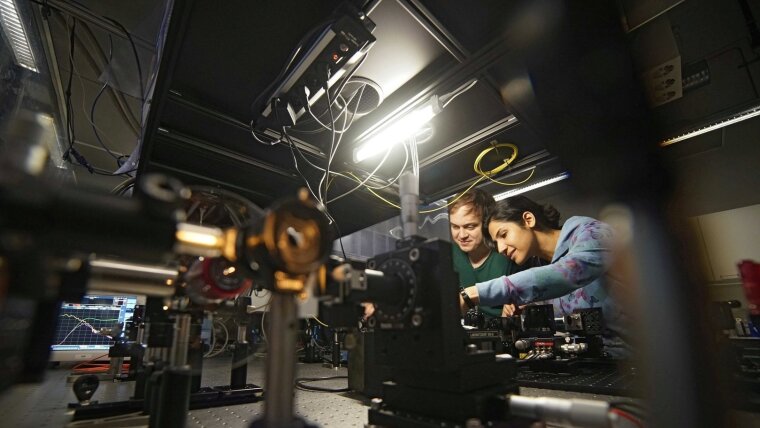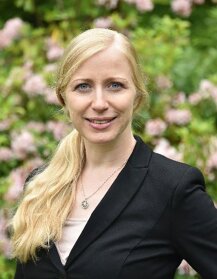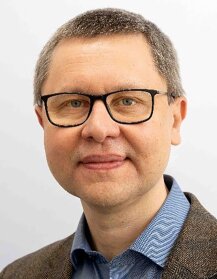
Project B2|Staude/Turchanin will continue to investigate the nonlinear-optical properties of monolayers (MLs) of transition metal dichalcogenides (2D-TMDs) coupled to designed photonic nanostructures. As during the first funding period, we will combine tailored 2D-TMD material synthesis and top-down nanofabrication for sample fabrication to implement hybrid nanostructures with custom-tailored nonlinear properties according to numerically optimized designs. We will heavily build on the research progress achieved during the first funding period regarding the advances in growth procedures, integration strategies, electrical gating, full-wave numerical modeling of the hybrid nanostructures, and their nonlinear optical characterization. Chiral and dynamic effects in the nonlinear optical response of the hybrid nanostructures will remain an important focus of our work. Overall, the overarching goals of this project have not changed with respect to those of the first funding period. However, there are several new interesting aspects, which we wish to address in the second funding period, which go beyond the research goals of the first one:
- While in the first funding period we have mainly concentrated our studies on second-harmonic generation (SHG) and photoluminescence (PL), we now wish to expand the range of nonlinear processes under investigation in the hybrid architectures to sum-frequency generation (SFG) and four-wave mixing (FWM), allowing us to exploit the multiple degrees of freedom offered by the hybrid systems to boost the nonlinear signal.
- Apart from optimizing the CVD growth of standard 2D-TMDs and their alloys, we will put stronger emphasis on the development of 2D-TMD hybrids and heterostructures, thereby providing specific new opportunities for nanoscale nonlinear optics, e.g. by enabling phase matching in guided-wave architectures.
- Our insights obtained during the first funding period regarding the full-wave numerical modeling of chiral emission from 2D-TMDs coupled to resonant photonic nanostructures preliminarily show that the models commonly applied in the literature for such systems may not be exact. We have developed a new model, which we would like to investigate in the second funding phase, and which, if confirmed, will allow us to make precise predictions of chiral coupling phenomena in the hybrid nanostructures and to exploit these to generate optimized designs showing desired effects such as efficient valley routing.
Principal investigators

